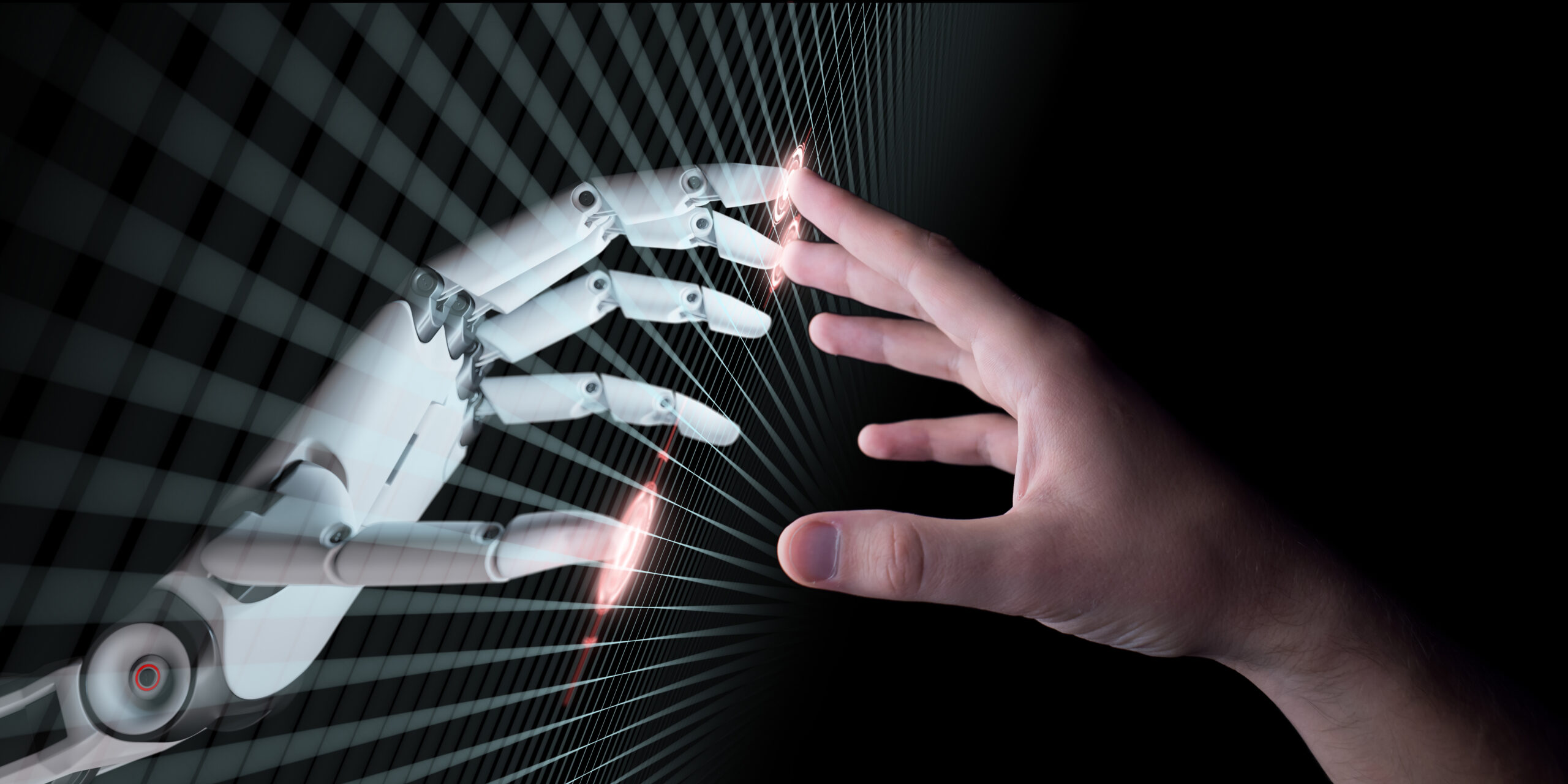Nowadays, every part of our life faces transformation – the translation industry is not an exception. Machine translation, with its history dating back to 1949, has undergone significant changes in the last few years. Until recently, the mechanism of MT included simple substitution of words in one language for words in another. Yet this algorithm lacked the contextual and idiomatic data to perform high-quality translation.
There are different types of MT:
AI translation is powered by constant progress and improvement, just like any rapidly developing system. Moreover, AI translation allows us to save time and money.
Human post-editing is still needed to guarantee accuracy. However, it becomes more efficient and less intensive, as AI has an ability to learn and become more intelligent.
MT is a great solution when plain understanding of source texts is a purpose. Meanwhile, marketing, business and advertising fields exceptionally need professional translation done by humans, as only they can understand other humans’ emotions and needs, as well as put them into words.
Today, on-going collaboration between AI and human translators seems to be the smartest solution for our industry.
To discover more details, you may check out the source article on the topic here.

